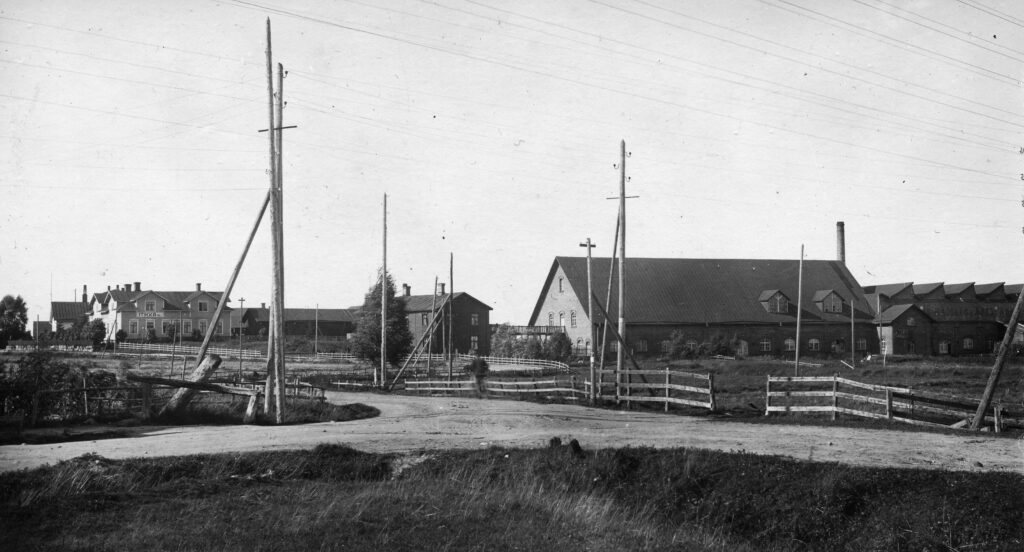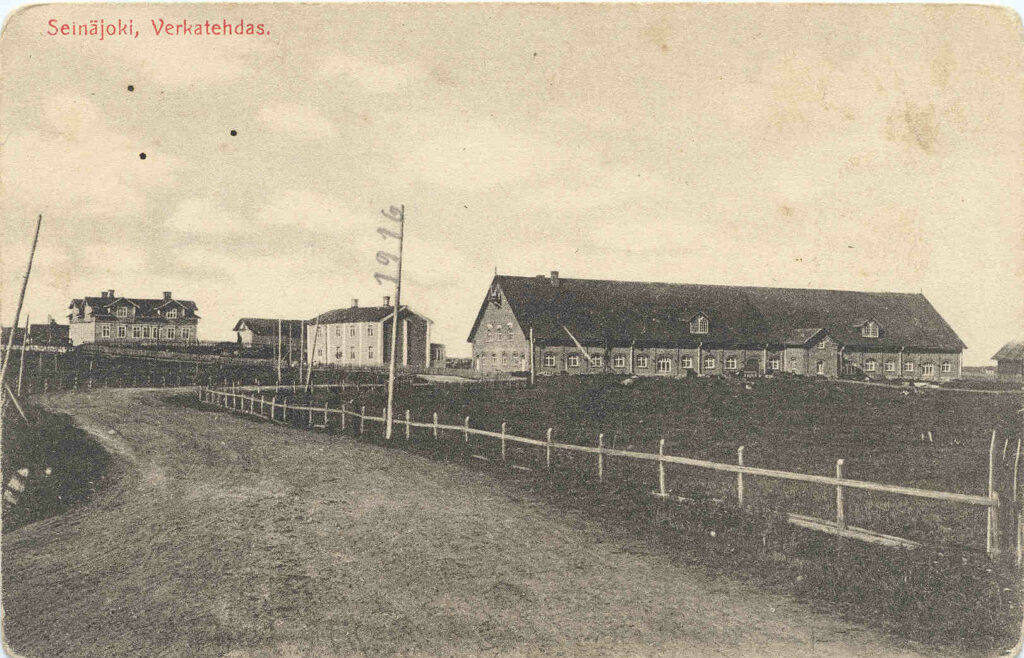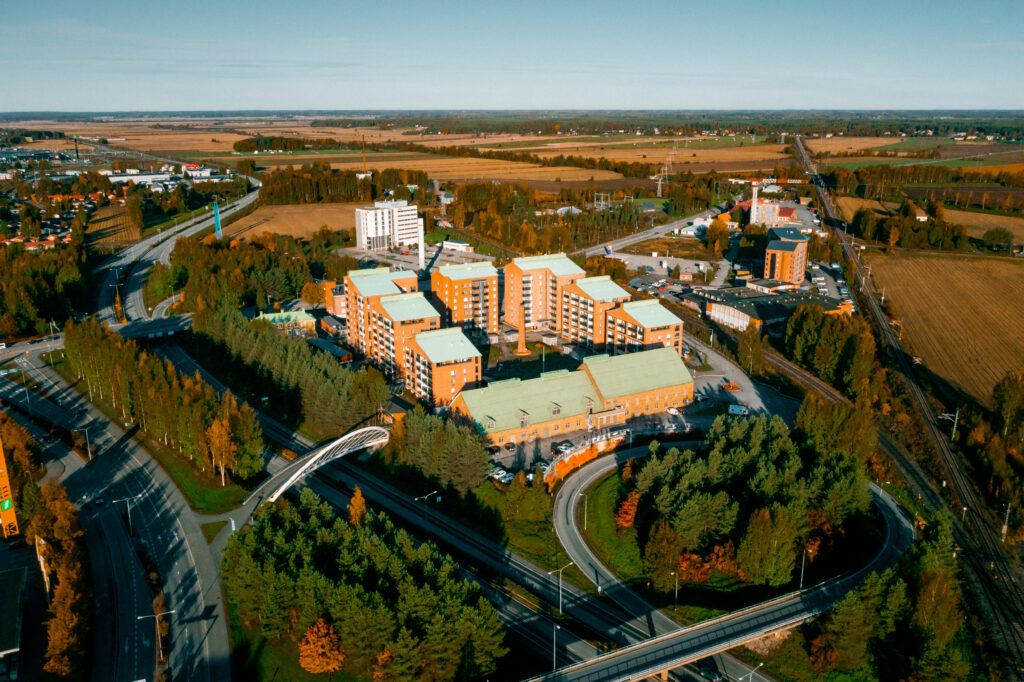The story of Kalevan Navetta
The story of Kalevan Navetta began in 1893, when the life insurance company Kaleva commissioned the construction of a new stone barn in Itikanmäki in Seinäjoki. However, the company gave up their agricultural activities just before the new barn was completed. The building remained empty, but its name, Kalevan Navetta, was preserved from one generation to the next.

After several years of low activity, Kalevan Navetta was finally passed on to a new owner; manufacturer Hugo Grönlund converted the building into a textile factory in 1909. The factory hall was located on the ground floor of the building, covering almost its entire length, and the engine room on the south side of the building housed a powerful 88 horsepower engine. The factory produced broadcloth and frieze textiles, woolly blankets and suiting.

The third important period in the building’s life began after the factory was closed in 1929 as a result of the recession. At the turn of the 1930s, the building was renovated to meet the needs of the Finnish Defence Forces. Kalevan Navetta was used by the Defence Forces until the 1990s, after which an agricultural store was set up on the ground floor of the building.
In the 2000s the Defence Forces scaled down their operations in Kalevan Navetta, but the building still serves as a state warehouse. An agricultural shop selling fodder and other farm accessories operates on the first floor at one point.
In 2011 the new general plan of Itikanmäki area was re-designed and validated. Peab Ltd purchased the area, tore down the old meat factory buildings and built new apartment houses instead. The future of the Kalevan Navetta was still unknown.
2018 Entrepreneur Petri Pihlajaniemi purchased the property to turn it into an arts and culture centre after finding a suitable selection of lessees. The architectural company Hirvilammi Oy (Teemu Hirvilammi and Anne Kaivo-Oja) carried out the reconstruction planning. Kalevan Navetta was launched as an art and culture centre in March 2020.

